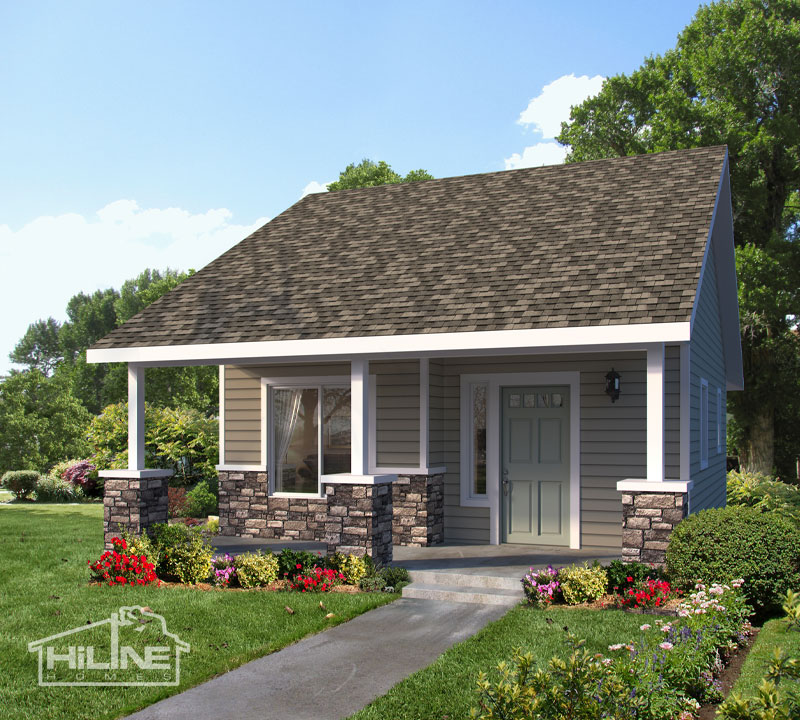The significance of
transcends plain looks or the usefulness of a swimming location; it stands for a harmonious mix of form, function, and the refined art of transforming outside areas right into personal havens or communal hubs. A well-thought-out pool layout incorporates flawlessly with the landscape, reflects the home owner’s style and preferences, and produces a sanctuary that enhances the total quality of life. This write-up delves into the core components that specify the essence of pool layout, including aesthetic consistency, functional design, personalization, sustainability, and safety.
Aesthetic Harmony
At the heart of swimming pool style is the concept of aesthetic harmony– the capacity of the pool to complement and improve the bordering landscape and design. Whether the setting is a tranquil suburban backyard or an expansive estate, the pool needs to serve as an all-natural expansion of the setting. This entails cautious factor to consider of forms, lines, materials, and colors. From the sleek and modern infinity swimming pools that seem to mix with the perspective to the a lot more standard and geometric forms that echo the Building signs of the home, visual consistency is extremely important.
Functional Design
Past its aesthetic appeal, a swimming pool must serve its intended function( s) perfectly. Functional design takes into consideration the swimming pool’s key usage, whether for recreation, exercise, enjoyment, or a combination of these. It encompasses everything from the pool’s size and depth to the placement of steps and steps, lighting for night swimming, and also the selection of purification and heater. A pool made for lap swimming, for instance, needs different considerations than one mainly intended for family celebrations and leisure.
Personalization
Customization plays a crucial function in pool style, as it should show the character and way of living of the homeowner. Personal touches can range from special water attributes, such as waterfalls or water fountains, to incorporated medspas, fire pits, and also poolside bars. The choice of ceramic tile, rock, and landscaping around the pool even more permits people to reveal their personal design and preferences, making each pool a special statement.
Sustainability
With expanding awareness of ecological issues, lasting pool design has become increasingly crucial. This involves using environment-friendly materials, energy-efficient home heating and filtration systems, and water-saving modern technologies. All-natural swimming pools, which utilize plants and natural processes to filter the water, stand for a cutting-edge strategy to environmentally friendly style, blending appearances and sustainability. Furthermore, making use of solar covers and energy-efficient lighting adds to a pool’s sustainability, decreasing its ecological impact.
Safety
Safety is an essential aspect of swimming pool style, particularly in homes with children and animals. This includes the incorporation of safety and security functions such as non-slip surface areas, appropriate secure fencing, and pool covers. Alarms and safety and security obstacles also play a crucial duty in avoiding crashes. Additionally, the design must help with easy access and presence to enhance guidance and offer satisfaction for house owners.
Conclusion
The essence of swimming pool style lies in its ability to produce a room that is at once gorgeous, functional, customized, sustainable, and safe. A properly designed swimming pool not just adds worth to a residential or Commercial property however additionally enriches the lives of those who use it, providing a sanctuary for relaxation, a hub for celebrations, and a place for exercise. By meticulously considering each of these aspects, house owners and developers can achieve a swimming pool that is not simply a body of water, yet a focal point of outside living.

